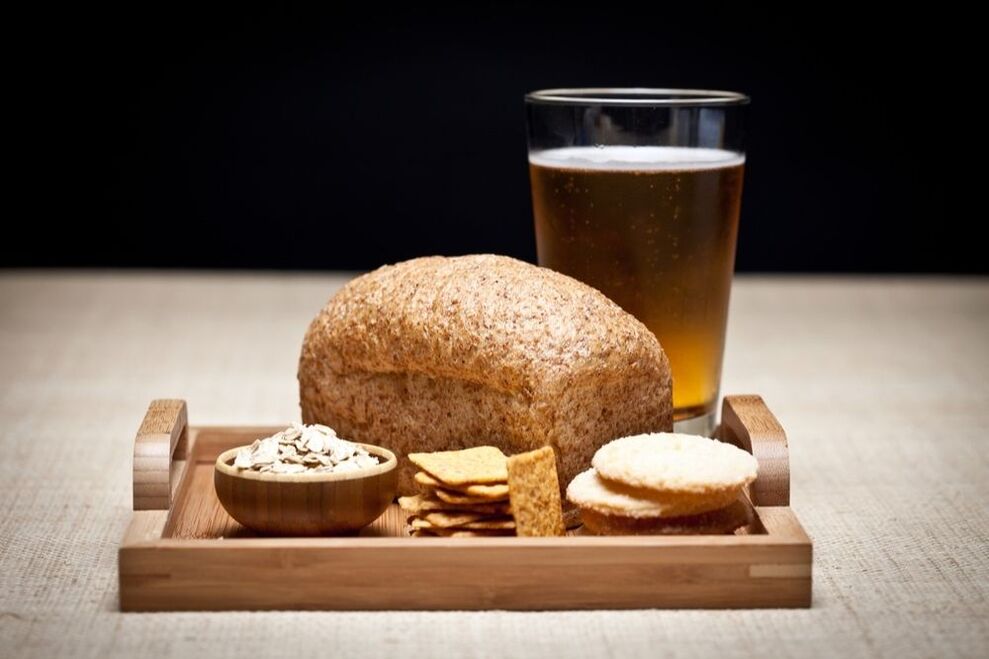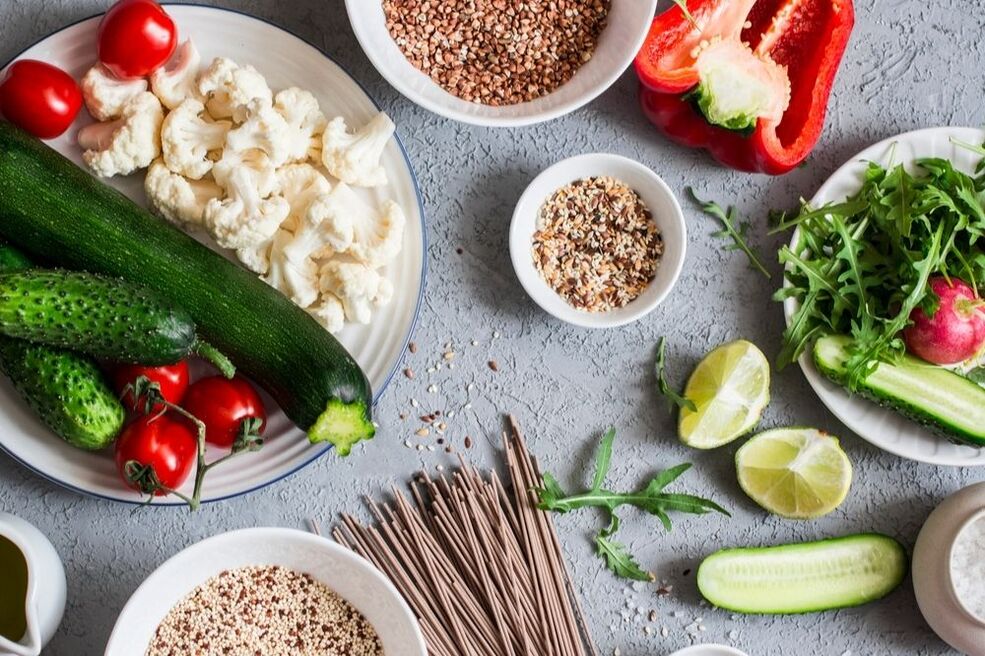Step 1. Visually understand the enemy
- Cereals (wheat, rye, barley, semolina, bulgur, spelt, couscous and spelt);
- Wheat products: flour, bread, biscuits and pastries, pasta, breakfast cereals, baby cereals.

- Store-bought dairy products (curds, yogurt, cheese curds, milk powder, processed cheese) containing additives and thickeners,
- semi-finished meat and fish products (especially bread crumbs),
- Dumplings, pancakes, dumplings,
- ice cream (not just the waffle cone, but ice cream itself often contains gluten),
- sausages, canned goods, imitation seafood ("crab meat" and "crab sticks"),
- Chips, bread and cookies.
suggestion
- Read labels carefully. Watch out for traces of gluten in the ingredients. Whenever possible, choose products labeled "gluten-free" or "gluten-free, " which can be found in the food and beverage section of the supermarket.
- Cook with whole foods: fresh meats, seafood, eggs, vegetables, fruits, legumes, nuts and oils.
Step 2: Replace gluten with healthy alternatives
- Flour for bread, pasta, pastries, pancakes and desserts can be made from grains, nuts and legumes.
- Flours made from buckwheat, rice, chickpeas, soybeans, flax, corn, almonds are ideal for these dishes. Making your own is easy, just grind the ingredients in a special mill.
Important things to know when preparing flour
- To get the most out of your homemade flour, we recommend soaking seeds and nuts ahead of time and then drying them in a dehydrator. This reduces the concentration of phytic acid in the seeds, interfering with the plant's normal uptake of the mineral.
- It's best to grind the flour into small portions before cooking. This will help avoid oxidation of the seeds and retain all the beneficial substances.

Breakfast is more than oatmeal and a sandwich
- There are many equally delicious alternatives: home-made yoghurt in fermenters, potato pancakes, smoothies and colorful bowls, pancakes and pancakes made with buckwheat or rice flour.
- You can make healthy green buckwheat cereal in a dehydrator or cereal for breakfast in a mill.
- If you have a hard time imagining your morning without porridge, buckwheat, rice, millet, gluten-free oatmeal, amaranth and flax will come to your rescue.
Legumes and grains – instead of pasta
- For lunch, as a side dish, you can eat gluten-free legumes or cereals (rice, quinoa, polenta, millet, amaranth, buckwheat, corn grits).
- You can substitute rice, buckwheat and bean flour for your usual pasta, or make the pasta with gluten-free flour.
- Meat and fish can be coated in crushed cornflakes, and the batter can be made with chickpeas or rice flour.
- Gravy and sauces are easily thickened using potato or cornstarch.
- Instead of using bouillon cubes and store-bought mixes, try making your own sauce: dry vegetables and herbs in a dehydrator, or grind them in a food mill or blender. You will get natural aromatic seasonings. Powder made from dried mushrooms or jerky will add rich flavor to broths and sauces.

gluten free snacks
- For snacks, try homemade potato chips or gluten-free bread from the dehydrator.
- Meat and fish fillets can be dried to make a natural and satisfying snack.
Dessert has not been canceled yet
- Use nuts or rice flour to make them.
- Instead of using store-bought cream, use coconut cream or homemade coconut yogurt from a fermentation jar.
A great alternative to store-bought candy is fruit slices and dehydrated gummies, as well as healthy candies made from nuts and dried fruit (without oatmeal).
Step 3: Organize Gluten-Free Baby Food
- Prepare the same dish, using only gluten-free flours and grains (we've already discussed pasta and grain options above).
- Try making pancakes, pancakes or cheesecakes with coconut, buckwheat or rice flour.
- Dumplings and dumplings can also be made with rice flour.
- Sweet bars, cookies, and candies can be made from nuts, dried fruits, and cocoa crushed in a blender (you can even turn it into a joint game, like making different shaped cookies out of coconut and banana).
- Don’t forget vegetable and fruit slices (instead of store-bought cookies), marshmallows, and natural ice cream.
Gluten Free Recipe Ideas
| Menu #1 | Menu #2 |













































